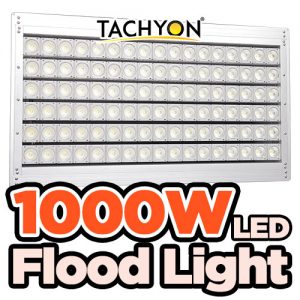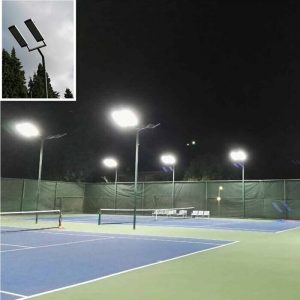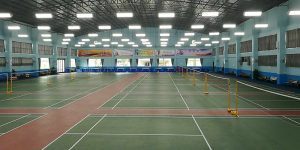Advantages of LED Lights
There are many advantages to using LED bulbs as light sources instead of screw-in incandescent bulbs. Generally speaking, we connect small (5-9) LEDs in series and use a power supply to convert the line voltage to a low voltage (usually tens of volts). The current at this time is about 350 to 700 mA.
In determining how to best isolate users from the same line voltage, we need to think carefully and weigh the pros and cons. We can achieve isolation in the power supply or during the LED installation process.
In some low-power designs, LED physical isolation is a common method because it allows the use of lower cost non-isolated power supplies. The power supply in this example is a non-isolated power supply, which means that the isolation for user high-voltage protection is embedded in the package instead of the power supply.
Obviously, the space for the power supply is extremely small, which poses a challenge to packaging. In addition, the power supply is buried inside the package, which hinders heat dissipation and affects efficiency.
Pros and Cons of Non-isolated Circuits
A non-isolated circuit that powers the LEDs from a 120 volt AC power supply includes a rectifier bridge that powers the step-down power stage. The buck regulator is an “inverted version”, the power switch Q2 is in the loop, and the circulating diode D3 is connected to the power supply.
During the on-time of the power switch, the current is regulated by a source resistor. Although the efficiency is quite high (80%-90%), this circuit has several shortcomings that limit efficiency.
When it is turned on, the power switch must carry all the output current, and when the power switch is off, the output current flows through the circulating diode. In addition, the voltage of the current detection resistors R8 and R10 is approximately 1 volt. Compared to LED voltages of 15 to 30 volts, all three voltage drops are large and will limit the efficiency of the power supply.
More importantly, these losses will promote the temperature rise of the bulb. The luminous ability of the LED will gradually decrease, and this ability is closely related to the working temperature of the LED. For example, at 70°C, the 30% reduction in LED light output exceeds 50,000 hours. At 80°C, this time is only 30,000 hours.
Because the bulbs are installed in some “fixtures”, these “fixtures” often hinder heat dissipation and are not conducive to convective cooling. Therefore, the heat generation problem is further complicated.
Advantages of High Voltage LED Light Source
LED manufacturers connect several LEDs in series on a common substrate to create higher-voltage luminous bodies. These high-voltage luminous bodies bring either lower cost or higher power efficiency.
Using these high-voltage products, we only need to use a set of rectifiers and a steady current resistor, thereby achieving a lower cost power supply method. Although this kind of power supply can produce a fairly good power factor, its efficiency is very low. The reason is that a large part of the input voltage is used in the stabilizer resistor. That results in 30%-50% LED power loss. However, it can be used in some small-sized, low-power applications.
However, in some high-power applications, low efficiency makes it useless. Another alternative is to use a boost power supply. Most of the circuit is the same as the above method. However, the switching, diode, and current detection losses are much smaller, bringing efficiencies as high as 90% to 95%. In addition, the circuit also has a good power factor of 97%.
The Influence of High voltage Power Supply on Size
Even though the output power produced by this power supply is roughly the same, there are some obvious differences that affect the size of the power supply.
The inductor size of the boost power supply is significantly smaller because of its lower energy storage requirements. Compared with the boost power supply, the step-down power supply has a larger resistor. This resistor is a simulated load resistor used to determine when the dimmer turns on the silicon controlled rectifier (SCR).
The reason for this is that the dimmer has an electromagnetic interference (EMI) suppression capacitor next to the triac. That has a higher voltage than the power supply under no-load conditions. This disrupts the power supply and causes unstable dimming.
This is not necessary when using a boost power supply. Because the LED is connected to the input through the boost inductor to provide sufficient load for it, the above problem is not a problem.
On the back of the circuit board, the step-down power supply has more low-level circuits. Therefore, the boost power supply has lower power consumption. This is extremely important in space-constrained applications such as LED bulb replacement.
Conclusion
In short, high-voltage LEDs can help increase the service life of screw-in LED bulbs because of their low power consumption and low temperature rise. It is achieved by using a step-up power supply instead of a step-down power supply. Thereby it improves the efficiency of the power supply. The loss of the boost power supply is about half of the buck regulator. In addition, the boost power supply has fewer components, better power factor, and smaller size. And it is easier to achieve dimming by using triac components.


